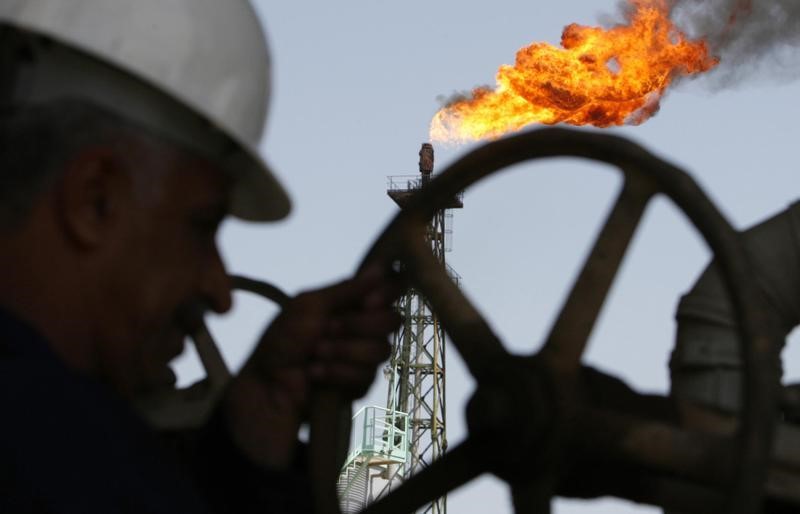By Noah Browning and Roslan Khasawneh
LONDON/SINGAPORE, Oct 11 (Reuters) - Highly sought after
types of oil best suited to making cleaner shipping fuel are
suddenly finding they are a tougher sell for thirsty East Asian
markets, traders say, in an unintended consequence of U.S.
sanctions on a Chinese shipping fleet.
With just over two months until environmental rules are set
to mandate the biggest changes to ship power in over a century,
certain rare types of West African oil have soared in value but
have had to be marked down due to the higher costs of transport.
The United States imposed sanctions on units of China's
COSCO on Sept. 25 for allegedly ferrying crude out of Iran,
putting its vast fleet of oil supertankers off-limits for
international companies and sending freight rates soaring.
The high prices are being shouldered by buyers especially in
East Asia, several traders said, and are making the purchase of
oil from key far-away export regions like West Africa less
attractive just when production of the new fuels should ramp up.
"West African (oil) grades are commanding such a high
premium as they are they are requisite feedstock for low-sulphur
fuel oil (LSFO) barrels," said Matt Stanley, oil broker at
StarFuels in Dubai.
"With the advent of IMO 2020 it is now time for these
previously less fashionable grades to shine and for others to
become weaker", he added.
The International Maritime Organization (IMO) rules
effective on Jan. 1, 2020, require ships worldwide to use fuel
with a maximum 0.5% sulphur content, in the biggest maritime
fuel transition since ships moved from burning coal to oil.
But only around 1 percent of the world's crude oil exports
are heavy and sweet varieties, ideal for refining into
Low-Sulphur Fuel Oil (LSFO), with West Africa providing the
lion's share. Price offerings for Angolan Cabinda, Nigerian Forcados and
Congolese Djeno -- all relatively heavy and sweet -- reached
all-time highs in recent weeks, but retreated downward again due
to the new costs of shipping it as far as markets in East Asia.
"It just didn't make economic sense," said one East Asian
buyer. "Demand has been there but with freight suddenly up that
high, the prices can't be justified and the cargoes won't sell
until they're brought down again."
Flows to East Asia from the top heavy sweet oil exporters
Angola, Chad and Cameroon were already down in September to near
their lowest monthly levels in years partly due to the sky-high
prices, traders said.
While there is no indication that the ability of refiners to
supply the market with compliant fuels has been undercut by the
price pain and lower exports, reserves are not vast. "The issue is that with 4-7 million tonnes of LSFO in the
Greater Singapore area, that is not a huge amount of supply,"
said Alan Gelder Vice President Refining, Chemicals and Oil
Markets at Energy consultancy Wood Mackenzie.
"It's probably around the level of several weeks' worth."
Not all sellers are suffering, however, as traders said
Australia's Santos far closer to Asia sold a cargo of heavy
sweet Van Gogh oil late last week at around $13 a barrel above
dated Brent, traders said, up strongly from about $8 last month.
Tanker rates soar after U.S. sanctions on COSCO png https://tmsnrt.rs/33bK6ro
Prices for Angolan Cabinda crude oil https://tmsnrt.rs/2oxiz4R
Crude oil exports from Angola, Cameroon and Chad to East Asia
https://tmsnrt.rs/315avWc
^^^^^^^^^^^^^^^^^^^^^^^^^^^^^^^^^^^^^^^^^^^^^^^^^^^^^^^^^^^>
